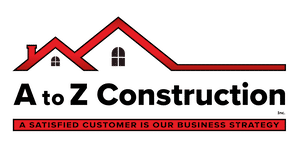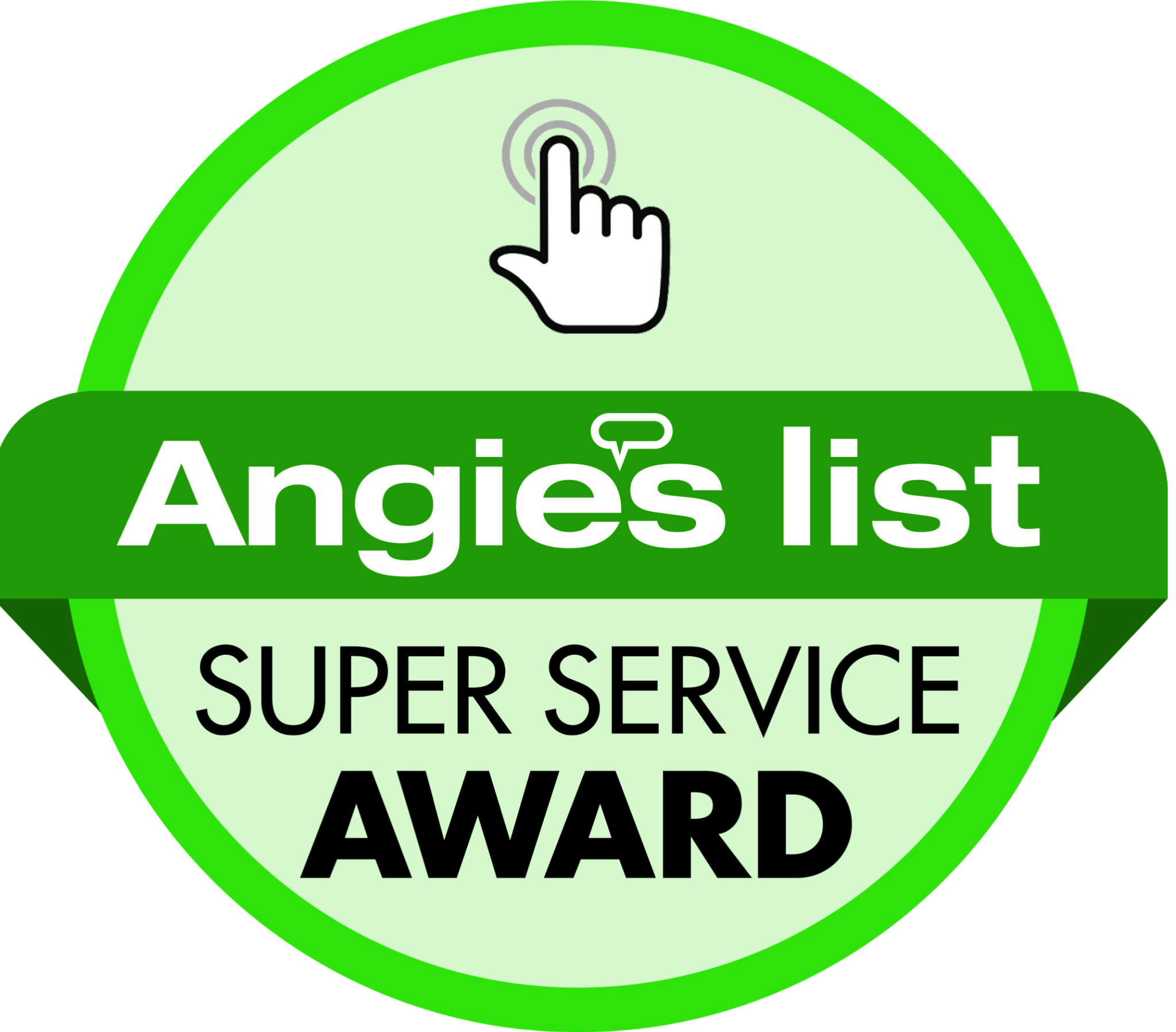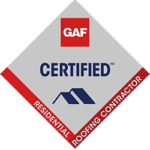What Are the Most Popular Roof Shingle Colors in 2024?
In the realm of home design, one often overlooked yet crucial element is the color of roof shingles. While they may seem like a minor detail, the color of your roof shingles can significantly impact the overall aesthetic of your home. In 2024, as with every year, homeowners are faced with a myriad of choices when it comes to selecting the perfect hue for their roof. Let’s explore some of the prevalent trends and popular options in roof shingle colors for 2024.
The Importance of Roof Shingle Colors
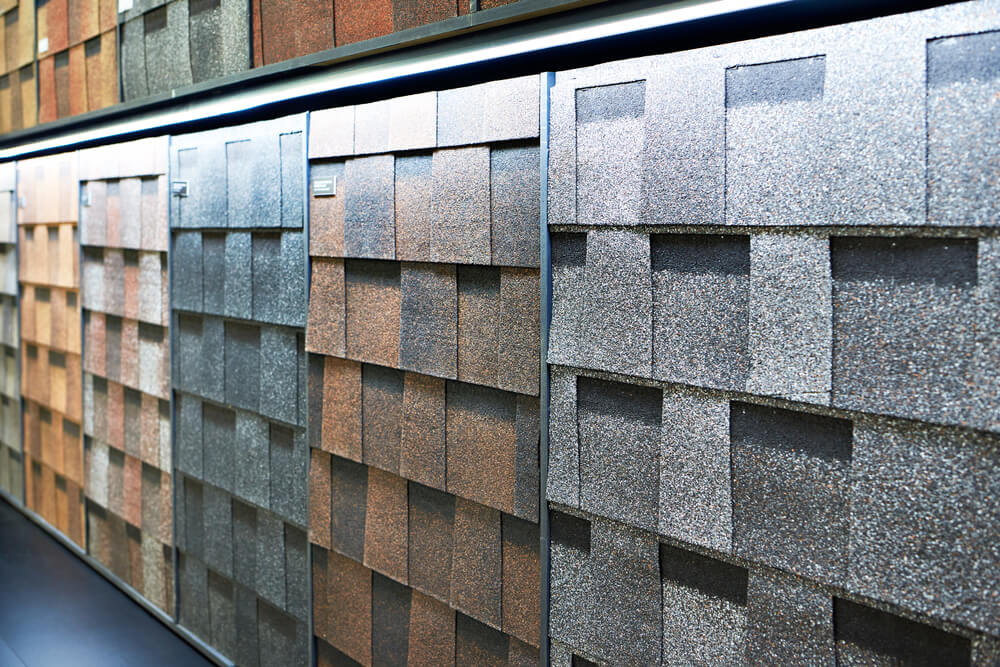
Enhancing Curb Appeal
The color of your roof shingles plays a vital role in enhancing the curb appeal of your home. It can either complement or clash with the exterior color scheme, making a significant difference in the overall look and feel of your property. In 2024, homeowners are paying more attention than ever to selecting the perfect roof shingle color to elevate the visual appeal of their homes.
Reflecting Personal Style
Your choice of roof shingle color is a reflection of your style and taste. Whether you prefer classic neutrals or bold, contemporary hues, there’s a myriad of options available to suit every homeowner’s aesthetic preferences. In 2024, homeowners are increasingly opting for colors that enhance their homes’ appearance and resonate with their sense of style.
Popular Roof Shingle Colors in 2024
Stone Gray: A Timeless Choice
One of the perennial favorites among homeowners is stone gray roof shingles. This classic hue, such as the Stone Gray option from Owens Corning, offers a timeless appeal that never goes out of style. In 2024, stone gray continues to be a popular choice for its versatility and ability to complement a wide range of exterior color schemes.
Embracing Grayer Tones
While stone gray remains a staple choice, many homeowners are gravitating towards grayer tones for their roof shingles in 2024. Shades of gray, ranging from lighter hues to deeper charcoal tones, offer a modern yet understated look that pairs well with contemporary home designs. This shift towards grayer tones reflects the ongoing trend toward minimalist and monochromatic aesthetics in home design.
Bold and Dramatic: Black Shingles
In recent years, there has been a notable rise in the popularity of black roof shingles, and this trend continues to gain momentum in 2024. Black shingles, such as the Onyx Black option from Owens Corning, exude a bold and dramatic aesthetic that adds instant curb appeal to any home. Many homeowners are drawn to the sleek and sophisticated look of black shingles, particularly for newer homes with modern architectural styles.
Exploring Browner Tones
In addition to gray and black shingles, browner tones are also making a statement in 2024. Shades of brown, ranging from warm caramel hues to rich chocolate tones, offer a traditional yet inviting look that complements various home styles. Browner shingles add warmth and character to the exterior of your home, creating a welcoming atmosphere that beckons visitors inside.
Conclusion
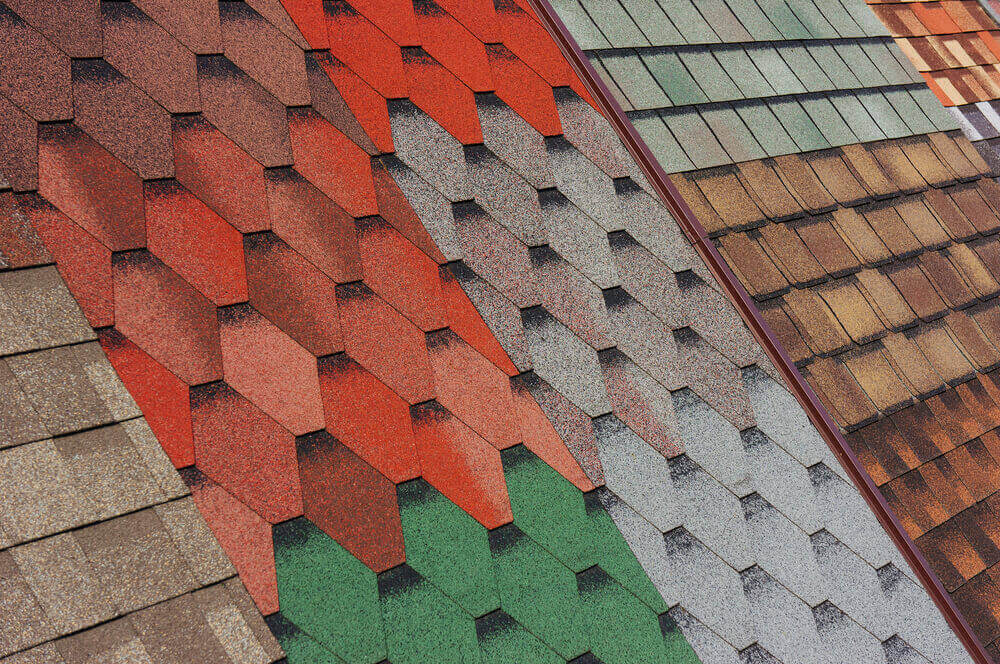
The choice of roof shingle color is a crucial decision that can significantly impact the overall aesthetic of your home. In 2024, homeowners have a plethora of options to choose from, ranging from classic neutrals like stone gray to bold and dramatic hues like black. Whether you prefer timeless elegance or contemporary flair, there’s a perfect roof shingle color to suit every style and preference. So, as you embark on your home improvement journey, consider the latest trends and popular choices in roof shingle colors to elevate the look of your home and make a lasting impression in your neighborhood. And remember, for expert guidance and assistance, don’t hesitate to contact A to Z Construction today.
What Are the Pros and Cons of Asphalt Shingles?
In the realm of roofing materials, asphalt shingles stand out as a popular choice for homeowners seeking a balance between aesthetic appeal, cost-effectiveness, and durability. In this comprehensive guide, we’ll explore the diverse palette of colors available, delve into the pricing considerations, and weigh the pros and cons of this ubiquitous roofing option.
The Color Spectrum of Asphalt Shingles
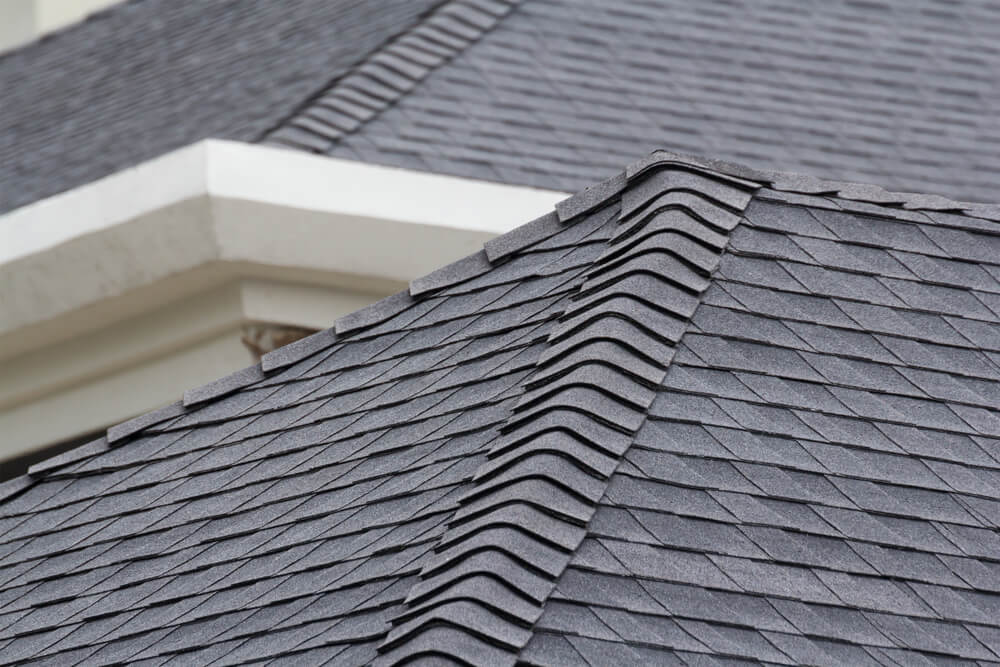
When it comes to enhancing the curb appeal of your home, the color of your roofing shingles plays a crucial role. Asphalt shingles offer a myriad of color options, allowing homeowners to express their unique style preferences. From earthy tones to vibrant hues, there’s a color to complement every architectural design and personal taste.
Finding Your Perfect Shade
Whether you prefer the timeless elegance of charcoal gray, the warmth of autumn red, or the crispness of Arctic white, asphalt shingles provide a versatile canvas for your exterior design aspirations. With the ability to mimic the look of more expensive roofing materials such as wood or slate, asphalt shingles offer a cost-effective way to achieve your desired aesthetic.
Pricing Considerations: Affordability at its Core
One of the primary advantages of asphalt shingles is their affordability relative to other roofing options. Compared to metal roofs or premium materials like slate, asphalt shingles come with a significantly lower price tag, making them accessible to a wide range of homeowners.
Balancing Cost and Longevity
While asphalt shingles may be more budget-friendly upfront, it’s essential to consider their lifespan in the overall cost equation. While they may not boast the same longevity as metal or slate, asphalt shingles still offer a respectable lifespan, especially when properly maintained. However, it’s worth noting that over time, asphalt shingles may experience granule loss, which can impact their appearance and performance.
Pros and Cons: Weighing the Benefits and Drawbacks
Like any roofing material, asphalt shingles come with their own set of advantages and disadvantages. Understanding these can help you make an informed decision about whether asphalt shingles are the right choice for your home.
Pros: A Closer Look
- Variety of Colors: Asphalt shingles offer a wide array of colors to suit diverse design preferences.
- Affordability: Compared to alternatives like metal roofing, asphalt shingles are a more budget-friendly option.
Cons: Considerations to Keep in Mind
- Limited Lifespan: While cost-effective, asphalt shingles may not last as long as other roofing materials.
- Granule Loss: Over time, asphalt shingles may experience granule loss, affecting their appearance and performance.
Conclusion
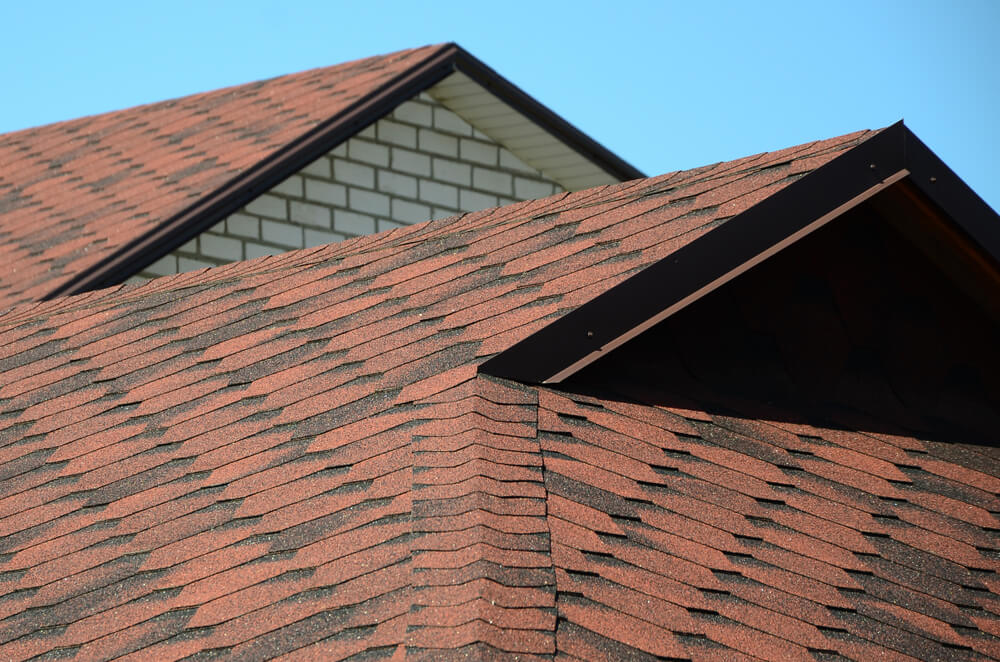
Asphalt shingles present a compelling option for homeowners seeking a balance of affordability, versatility, and durability in their roofing material. With a spectrum of colors to choose from and competitive pricing, asphalt shingles offer a practical solution for protecting and enhancing your home for years to come. If you’re ready to explore your options further, don’t hesitate to contact A to Z Construction today for expert guidance and installation services.
What Should Be Included in a Roofing Estimate?
When it comes to maintaining or replacing your roof, one of the crucial steps is understanding the roofing estimate. This document outlines the scope of work and associated costs, providing valuable insights into the project. In this guide, we’ll explore the various components of a roofing estimate for your home’s roof and shed light on the essential factors that influence pricing.
The Basics of a Roofing Estimate
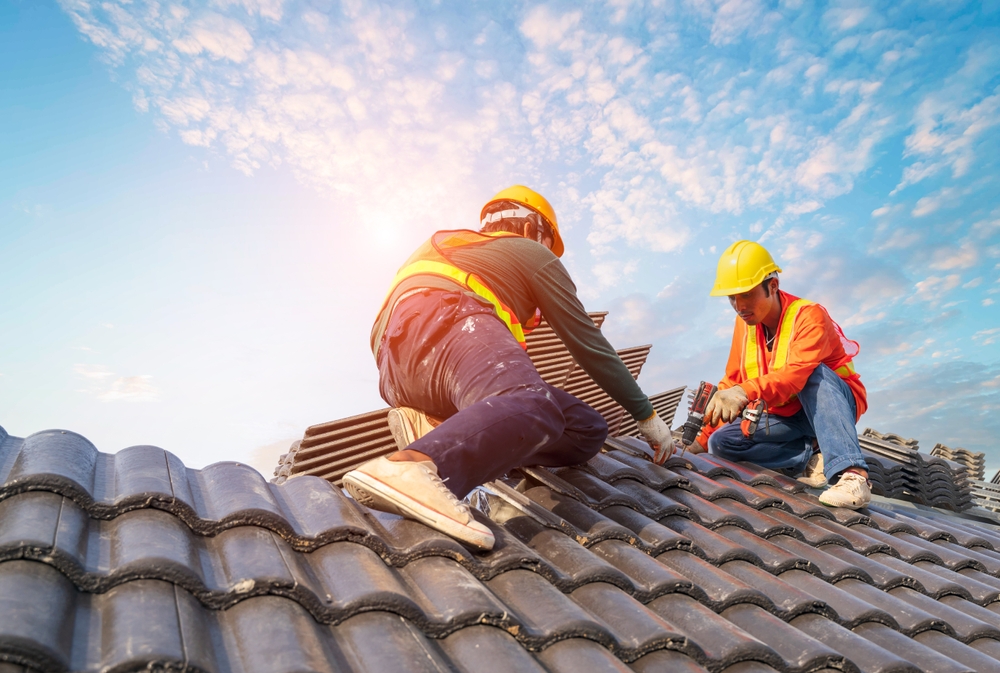
A roofing estimate typically includes several fundamental elements that outline the necessary materials and labor required for the project. Among these essentials are underlayment, which acts as a protective barrier between the roof deck and shingles. Synthetic felt and ice and water barriers are common types of underlayment used to enhance durability and weather resistance.
Exploring Key Components
In addition to underlayment, a roofing estimate may specify other critical components such as valleys, drip edges, and shingles. Valleys play a vital role in channeling water away from vulnerable areas of the roof, while drip edges help prevent water from seeping into the underlying structure. Shingles, available in various materials and styles, form the outermost layer of protection against the elements.
Understanding Additional Features
Beyond the basics, a roofing estimate may include various additional features and accessories to optimize performance and functionality. Turtle vents, for instance, facilitate proper attic ventilation, helping regulate temperature and moisture levels. Ridge vents serve a similar purpose, promoting air circulation to prevent moisture buildup and mold growth.
Exploring Smaller Pieces
In addition to vents, smaller pieces such as ridge caps and flashing may be specified in the roofing estimate. Ridge caps provide a finished look along the peaks of the roof, while flashing helps waterproof joints and transitions between different surfaces. These smaller components play a crucial role in ensuring the integrity and longevity of the roof system.
Factors Influencing the Estimate
Several factors can influence the cost of a roofing estimate, ranging from the size and complexity of the roof to the chosen materials and accessories. Additionally, local labor rates, market conditions, and any necessary permits or inspections may impact the overall pricing. It’s essential to consider these factors carefully when reviewing a roofing estimate to ensure an accurate assessment of the project’s cost.
Assessing Your Roof’s Needs
Before obtaining a roofing estimate, it’s advisable to assess your roof’s condition and identify any existing issues or potential areas of concern. By conducting a thorough inspection, you can provide contractors with valuable information to generate a more precise estimate. Additionally, communicating your preferences and priorities can help tailor the estimate to meet your specific needs and budget.
Conclusion

A roofing estimate serves as a valuable tool for homeowners and contractors alike, outlining the scope of work and associated costs for a roofing project. By understanding the essential components and factors that influence pricing, you can make informed decisions and ensure the success of your roofing endeavor. Whether you’re considering repairs, replacements, or upgrades, a comprehensive roofing estimate provides the clarity and confidence you need to move forward with your project. For further inquiries or to schedule a consultation, feel free to contact A to Z Construction today.
What Is a Storm Chaser and How Do I Spot One?
In recent years, the term “storm chaser” has gained notoriety, especially in regions prone to severe weather phenomena. These individuals or groups are often quick to appear in the aftermath of a destructive storm, offering services and assistance to affected communities. But who exactly are these storm chasers, and what signs should you be aware of to spot them?
Unveiling the Storm Chaser Phenomenon
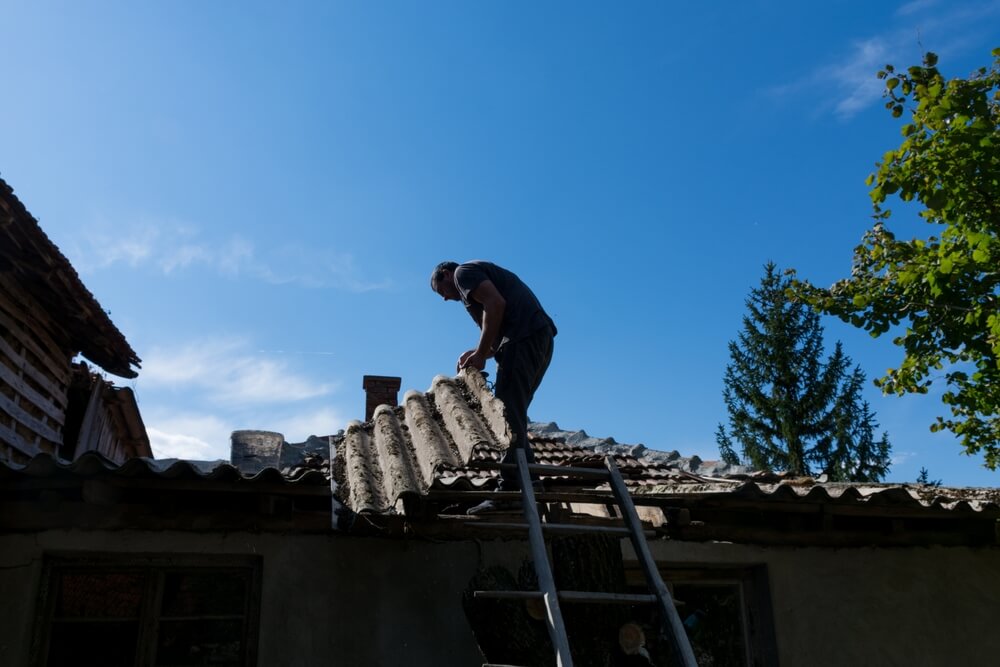
Who Are Storm Chasers?
Storm chasers, as the name suggests, are individuals or teams who actively pursue severe weather events, such as tornadoes, hurricanes, or hailstorms. While some operate independently, others are affiliated with specific companies, either from out of state or newly established within the affected area.
Signs of a Storm Chaser
One telltale sign of a storm chaser is their license plates, often from states far from the impacted region. Are plates from Florida or California popping up in Minnesota post-storm? It’s a red flag worth noting. These individuals might approach homeowners, offering to repair storm damage, particularly residential roofs, without a local license plate, a practice that should raise caution.
Cautionary Tales: Beware of Impostors
Spotting the Red Flags
Imagine a contractor showing up at your doorstep, offering to fix your storm-damaged roof, but their license plate doesn’t match your state. This scenario screams “storm chaser alert.” Exercise extreme caution when dealing with such entities, as their promises may not hold weight in the long run.
The Risks of Dealing with Storm Chasers
Newly formed companies, often springing up in the wake of a severe storm, might lack the stability and longevity needed to honor the warranties and guarantees they offer. It’s a common practice for these fly-by-night operations to vanish within a year or two, leaving homeowners stranded with subpar workmanship and unmet assurances.
Steering Clear of Storm Chasers: Tips for Homeowners
Do Your Due Diligence
Before engaging with any contractor offering storm-related services, conduct thorough research. Check their credentials, verify their local presence, and inquire about their experience and track record. Reputable companies will have a solid reputation within the community and will readily provide references upon request.
Seek Local Expertise
Opting for local contractors not only ensures accountability but also facilitates easier communication and follow-up in case of any issues down the line. Local businesses have a vested interest in maintaining their reputation within the community, making them a safer bet for quality workmanship and reliable service.
Don’t Rush Into Decisions
In the aftermath of a storm, emotions can run high, and the urgency to repair damages may lead to hasty decisions. Take your time to assess your options, gather multiple quotes, and weigh the pros and cons before committing to any contractor. Remember, a reputable company will never pressure you into making a snap decision.
Stay Informed and Vigilant
Educating yourself about common storm chaser tactics and warning signs is key to protecting yourself from potential scams and shoddy workmanship. By staying informed and remaining vigilant, you can safeguard your home and finances from unscrupulous individuals seeking to capitalize on disaster.
Conclusion
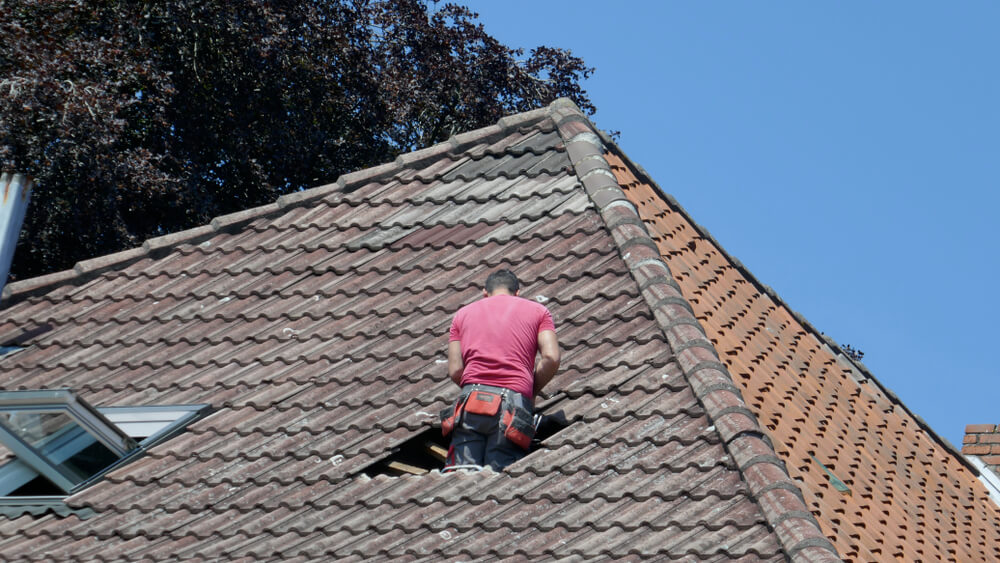
In the wake of a severe storm, amidst the chaos and destruction, opportunistic individuals may attempt to exploit vulnerable homeowners in need of repairs. By familiarizing yourself with the signs of a storm chaser and exercising caution when selecting contractors, you can safeguard your home and avoid falling victim to potential scams. Remember, when it comes to storm-related repairs, it pays to be vigilant and discerning. For professional help, reach out and contact A to Z Construction today.
How Much Does Storm Damage Roof Repair Cost?
Severe weather conditions can wreak havoc on your home, especially on its most crucial protective layer – the roof. When faced with storm damage, prompt and effective repair is essential to maintain the structural integrity and safety of your house. In this comprehensive guide, we’ll explore the various factors that can impact the cost and process of storm damage roof repair, empowering you to make informed decisions and safeguard your home against future weather-related challenges.
Understanding the Variables
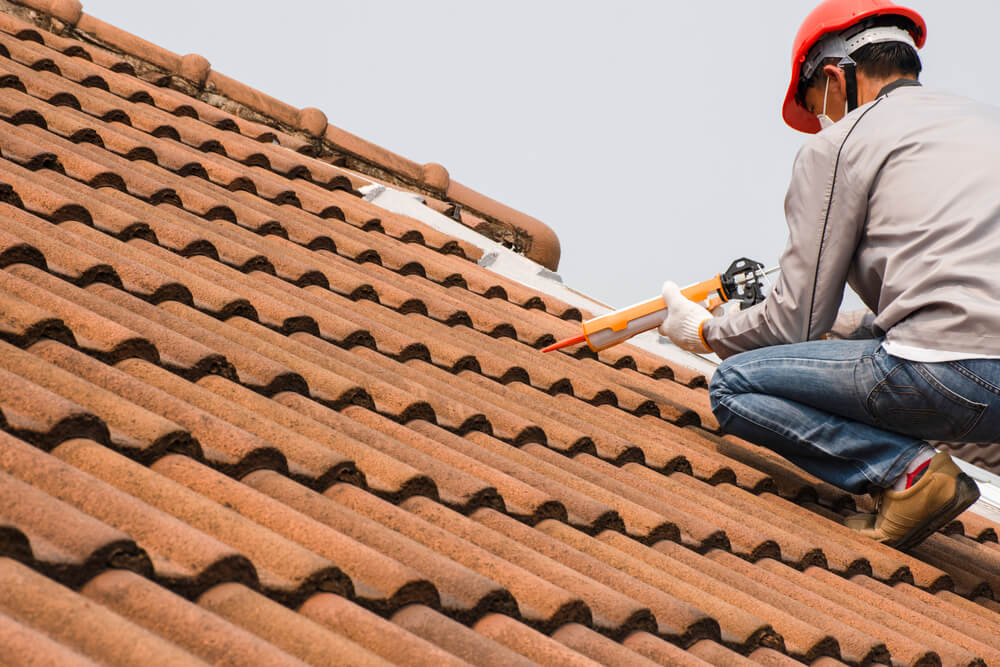
Roof Characteristics
The extent of storm damage roof repair can vary depending on several factors inherent to your roof’s structure. The steepness of the roof, the number of squares it encompasses, and its overall size all play significant roles in determining the repair process and associated costs. Larger homes often entail more extensive repairs, while smaller structures may require less extensive interventions.
Roofing Materials
The type of roofing material also influences the repair process and cost considerations. If your roof is adorned with asphalt shingles, repairs may be more affordable compared to those involving metal, slate, or clay roofs. Asphalt shingles are commonly regarded as the most cost-effective option for homeowners, offering a favorable balance between durability and affordability.
Brand and Quality
Additionally, the brand and quality of the roofing materials utilized can impact repair expenses. Higher-quality shingles may withstand storm damage more effectively, potentially reducing the frequency and severity of repairs over time. However, opting for premium materials may initially incur higher costs but could yield long-term savings by minimizing the need for frequent repairs.
Assessing Storm Damage
Visual Inspection
After a severe storm, it’s crucial to conduct a thorough visual inspection of your roof to assess any potential damage. Look for signs of missing or damaged shingles, sagging areas, or water leaks in the attic. Even seemingly minor issues can escalate if left unaddressed, leading to more extensive and costly repairs down the line.
Professional Evaluation
While a visual inspection can provide valuable insights, it’s advisable to enlist the expertise of a professional roofing contractor for a comprehensive assessment. Experienced professionals can identify hidden damage, assess the overall condition of your roof, and recommend suitable repair solutions tailored to your specific needs and budget.
The Repair Process
Temporary Measures
In some cases, temporary repairs may be necessary to mitigate immediate risks and prevent further damage. These interim solutions may include tarping damaged areas or applying sealants to temporarily seal leaks until permanent repairs can be undertaken.
Permanent Solutions
Once the extent of the damage has been determined, your roofing contractor will proceed with permanent repair measures. This may involve replacing missing or damaged shingles, repairing underlying structural issues, and reinforcing vulnerable areas to enhance durability and resilience against future storms.
Cost Considerations
Budgeting Wisely
Storm damage roof repair costs can vary widely depending on the extent of the damage, the choice of materials, and the complexity of the repair process. By obtaining multiple quotes from reputable roofing contractors and prioritizing essential repairs, you can effectively manage costs while ensuring the long-term integrity of your roof.
Insurance Coverage
In many cases, homeowners’ insurance policies may provide coverage for storm damage roof repairs. Review your policy carefully to understand the extent of your coverage and any applicable deductibles. Promptly document the damage and file a claim with your insurance provider to expedite the repair process and minimize out-of-pocket expenses.
Conclusion
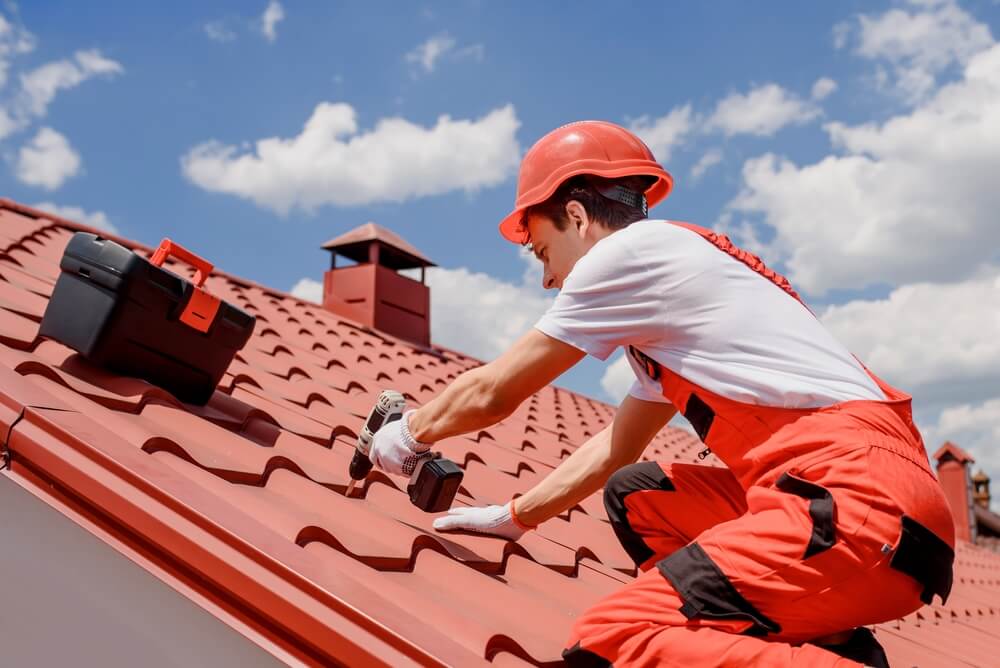
Prompt and effective storm damage roof repair is essential to safeguarding your home against the elements and preserving its value and structural integrity. By understanding the variables that can influence repair costs, conducting thorough assessments, and partnering with experienced professionals, you can navigate the repair process with confidence and ensure the long-term protection of your most valuable asset. If you need expert assistance, don’t hesitate to contact A to Z Construction today for reliable and comprehensive roofing solutions.


